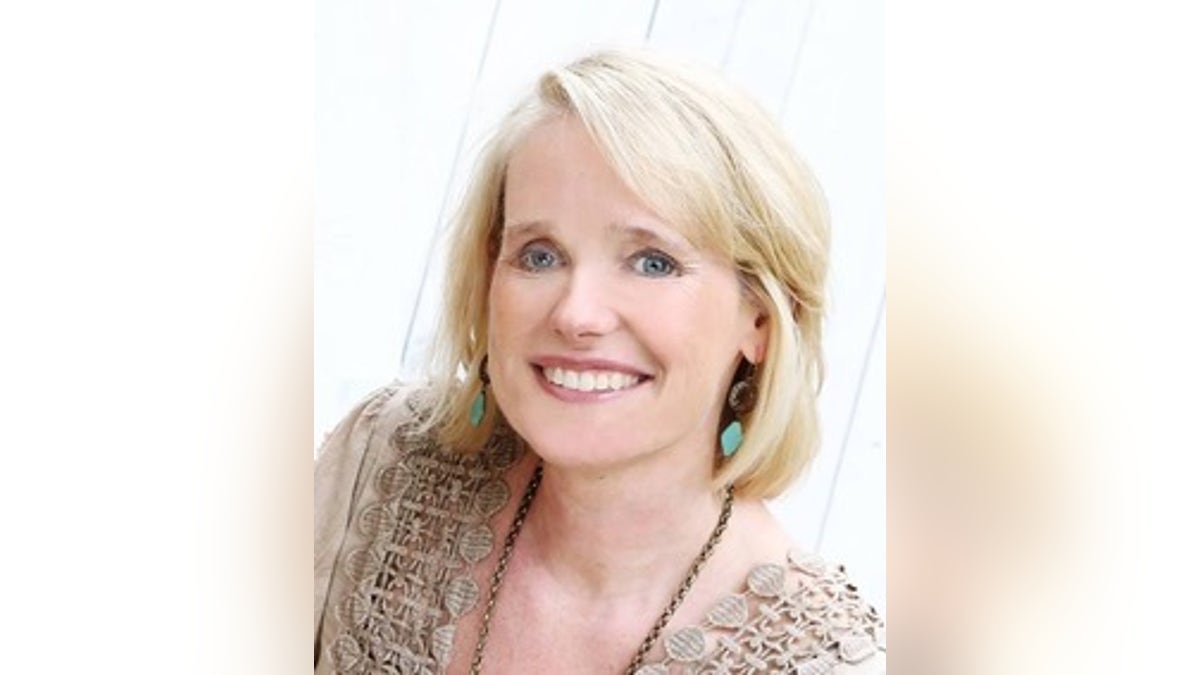
courtesy of Allyson Allred
Four women, now in their late 40s, are all suffering from ocular melanoma (melanoma of the eye) and all attended Auburn University in Auburn, Alabama in the early 1990s. Coincidence? I don’t think so.
So far 36 cases of this rare cancer have been confirmed among Auburn graduates from the 1980s to the early 2000s. Allyson Allred, Ashley McCrary, Juleigh Green and Lori Lee have become great friends, bound together by a deadly cause.
Ocular melanoma is an aggressive cancer involving the pigmented cells of the eye. It is very rare, discovered in fewer than 2,500 people per year in the United States, which is one of the reasons the Auburn outbreak is concerning. Metastasis to other parts of the body occurs in 50 percent of cases, and once it spreads (which can take 10 to 15 years), it has always been universally fatal, despite treatment.
Oncologists are now hopeful that immunotherapy – a type of cancer treatment that helps patients’ own immune systems fight the disease – will change the course of this dreaded diseases. The latest immunotherapies (Keytruda, Opdivo and Yervoy) are useful to attack abnormal proteins on the surface of the cancer cells that allow the melanoma (and other cancers) to hide from the immune system.
Allyson Allred has had all three of these immunotherapies since 2014; miraculously she is still alive, 17 years after receiving her melanoma diagnosis and having her right eye removed back in 2001. In 2008, her melanoma came back in her liver.
Today Allyson is dealing with melanoma in multiple places including her liver, brain, kidneys, lungs and alongside her spine. She has retired from her work as an early childhood teacher and gets around with the help of a wheelchair. She does not feel sorry for herself or complain.
Allyson is very grateful for great doctors and revolutionary treatment, but she thanks God most of all for keeping her alive for 17 years since her diagnosis.
She travels unflinchingly to the Sidney Kimmel Cancer Center at Thomas Jefferson University in Philadelphia for her cutting-edge treatments. There she receives immunoembolization – a treatment that attacks the tumor by cutting off its blood supply, while adding immunotherapy to treat what’s left. Allyson has received preliminary information that her latest scans show her liver lesions are again shrinking.
Dr. Paul Finger, professor of ophthalmology at NYU Langone Health and one of the top ocular oncologists in the U.S., told me that “in my experience it [immunoembolization] shrinks tumors!”
Allyson is very grateful for great doctors and revolutionary treatment, but she thanks God most of all for keeping her alive for 17 years since her diagnosis. She trusts the Lord, and says she is in His hands. “The Lord has carried us through the whole time. Miraculously. Statistics show I shouldn’t be here. This is the power of prayer. Thousands are praying for us. … God will heal me through these drugs and whatever way He can.”
As I wrote in my book “The Inner Pulse, Unlocking the Secret Code of Sickness and Health,” medical miracles are to be found in the power of prayer and spiritual healing, combined with the power of modern scientific advances. Allyson, a courageous survivor, is at the crossroads of both.
Regarding Auburn University’s culpability, Allyson told me that she believes there was clearly something in the environment there, though what has yet to be determined. Dr. John Mason, a top ocular oncologist at the Callahan Eye Foundation in Birmingham, Alabama, is in charge of the task force that will conduct research into what happened.
“I don’t think it was anything that was done against us,” Allyson said. “We just happened to be here at a time that something was going on. Auburn said they didn’t realize it was going on until there was a meeting in February 2018 despite the fact that articles had been written and there was already awareness.”
This crucial meeting has led to the research initiative and increased awareness. Allyson and her friends started a Facebook page called Auburn Ocular Melanoma; through it they have reached out to others who may also have developed the disease while there.
They have also created the Eye Patch Challenge to help raise money for research. The challenge involves wearing an eye patch during one of your daily activities, posting a picture on social medical, and challenging three or more people to do the same.
The disease itself is scary and deadly, but the faith and developing science to fight it are courageous, powerful and life-affirming.
